Beverages
Are You Using The Right Glass For Your Beer?
Trade Brewer at SAB, Anton Erasmus, gives us the lowdown on the tall, fat, and skinny of beer drinking glasses.
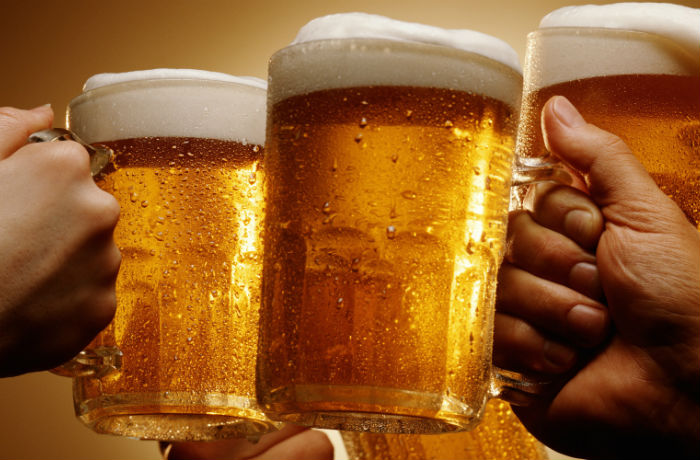
We have come a long way since the days of man cupping his hands to drink water from a stream.
Today, we have a number of sophisticated beer glass styles that mirror the wide range of beer variety available to consumers.
Early days
Before the European Medieval era, beer (and other liquids) were stored and served from natural materials such as animal hides and skin. Vikings progressed from drinking out of skulls to stone, then to wood and leather.
The Egyptians were the earliest known glass makers. It was only when the Romans and Greeks caught on that Europe progressed to making and drinking out of glass.
Glassmaking prospered in Venice to a commercial art and science.
Beer in a glass
The initial use of glass was certainly not for beer; however it was Pilsner Urquell that made the first appearance in a glass bottle in Bohemia (now the Czech Republic).
From this point, beer has had a more “glamourous” look and the use of glassware to showcase the liquid became the norm.
Germany contributed the ornate and often only ornamental bierstein, mostly made of stone or ceramics. Today these beer mugs are symbolic at beer festivals.
Beer glasses today
Today, beer glasses come in a variety of shapes and sizes.
Some of the glasses are designed to bring out and enhance the unique flavours of a specific beer while others preserve the foamy head. Such is the case with Hansa Pilsener in the flute glass which brings out its crisp flavour and ensures better foam retention.
They are also made to market various different beer styles and brands. For example, in Belgium, classic beers (Trappistenbier, Orval, Chimay and the iconic Duvel) have their own recommended branded beer glass. In addition to being branded, the beer glass shapes are unique.
While they all function to show the colour of the beer and its fluffy head and aroma to best effect, it is often their unique shape that gets the best brand recognition. Here are a few tips to help you to get the best beer sipping experience.
Pint Glasses
The Classic
The classic pint glass is one of the most recognised beer chalices.
Receiving its name because it can typically take up to a pint of liquid, 16 oz. (473.18ml), it is recognised by its characteristic tapering towards to top.
Stemmed Glasses
The Snifter & The Goblet
Typically used for tasting brandy, the snifter can be great for bringing out the bold flavours of heavy bodied beers. The wide bowl shape makes stirring your beer easy, pulling the strong flavours of the beer together.
Similar to the snifter, the goblet holds a bowl-like shape resting on a thick stem.
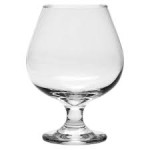
The Tulip
As the name suggests, this glass has the shape of a fully bloomed tulip. This enhances the flavour of hoppy and malty brews while maintaining foamy head.

Tulip
Pilsner / Pilsener
The Flute
Borrow a touch of elegance using a flute to drink your aromatic ales or to bring out the beer’s fruity flavours.

Flute
Pilsner vs Weizen
The pilsner glass is made for light bodied beers, like pilsners as the name suggests. With a slightly wider top, it maintains the foamy head of the beer all the while bringing out the flavours and aromas of the beer.
With its German origin, weizen translates to “wheat” making it great for wheat beers. Much like the pilsner glass, it maintains the foamy head and brings out the aromas of wheat beers. Weizen glasses are thicker than pilsner glasses and more curvaceous in shape.
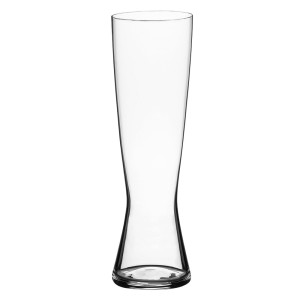
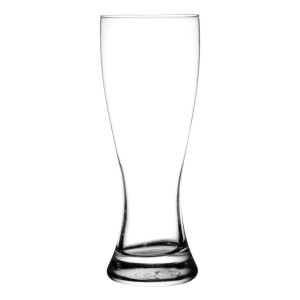
The Stange
This glass is tall and slender with no curves or tapering. The size of this glass can vary but they are generally smaller than the pilsner or pint glass. Beers served in these glasses are to be enjoyed quickly, while still cold.

The Stange
References and images sourced from:
Fanél, Lupulento, Craft Beerware, Webstaurant Store, Top Cash Back,
For the latest SAB news, follow us on:
www.sabstories.co.za/beer-culture / Twitter: @SABreweries / Facebook: SouthAfricanBreweries
More beer stuff to make you thirsty for some golden nectar:
Which South African University Produced The Best Beer?
Here’s How To Make Your Own Beer, According To An Expert



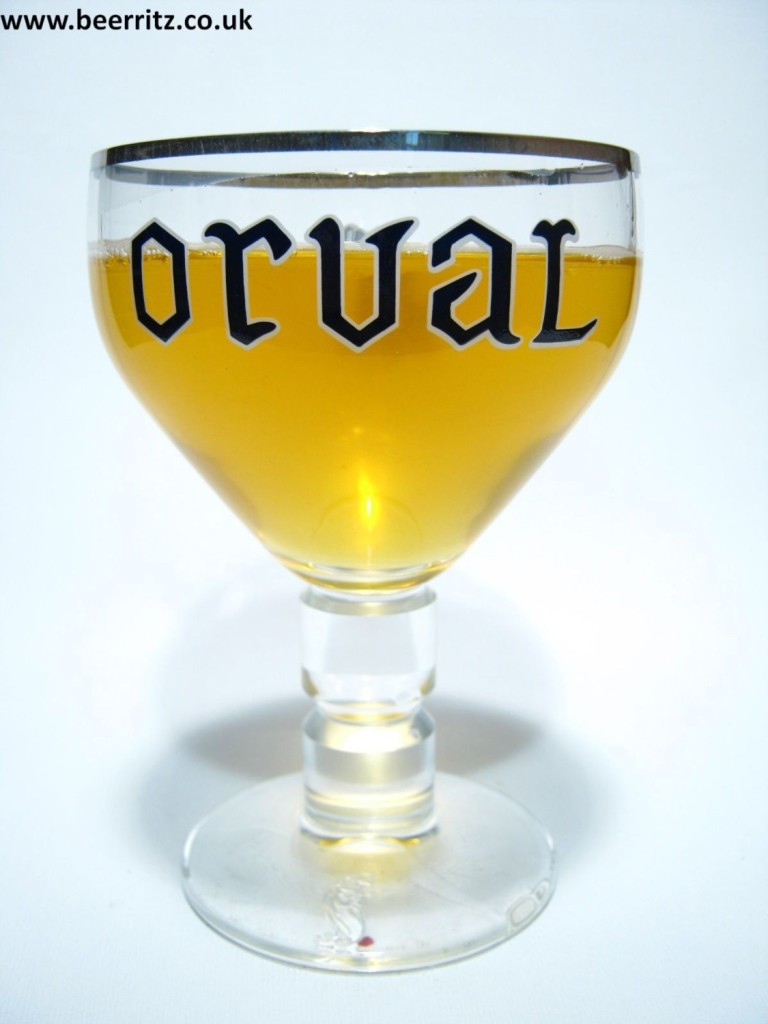
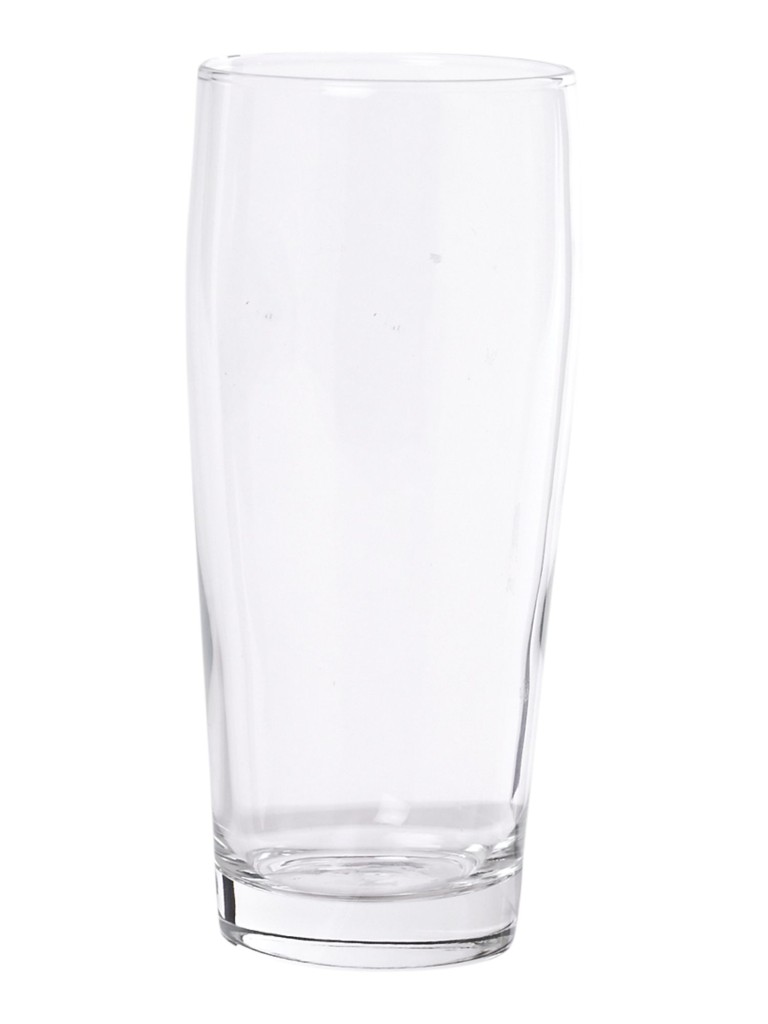
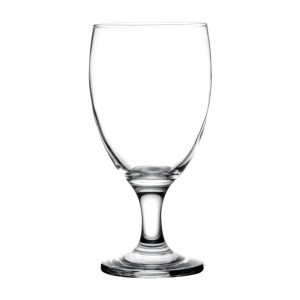






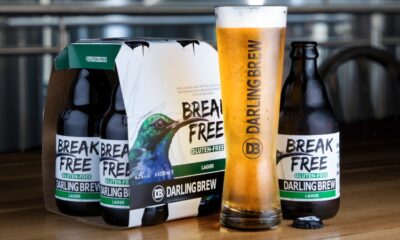






jhb_boet
September 2, 2015 at 20:51
i’m feeling thirsty now
Mossel
September 3, 2015 at 10:17
Great article! Got served a CBC Amber Weiss in a snifter the other day. For me it’s not necessary, snifters are for heavy bodied IPAs.
Jeremy Proome
September 7, 2015 at 16:35
Criminal. Haha. I guess everyone is leaning as the industry develops. I’ve also found heavier beers to drink nicely out of an snifter. Den Anker at the V&A Waterfront has some epic glasses for all beers! Worth checking out!